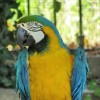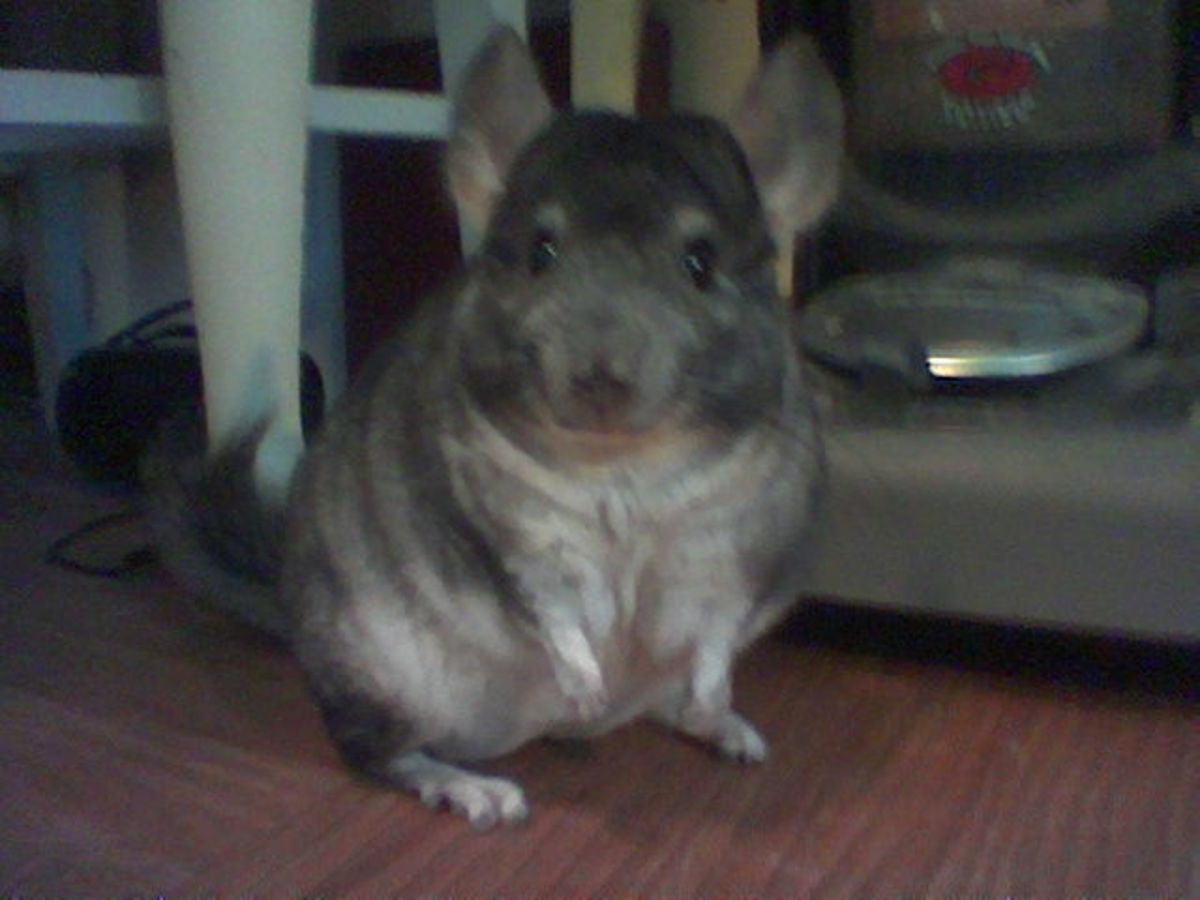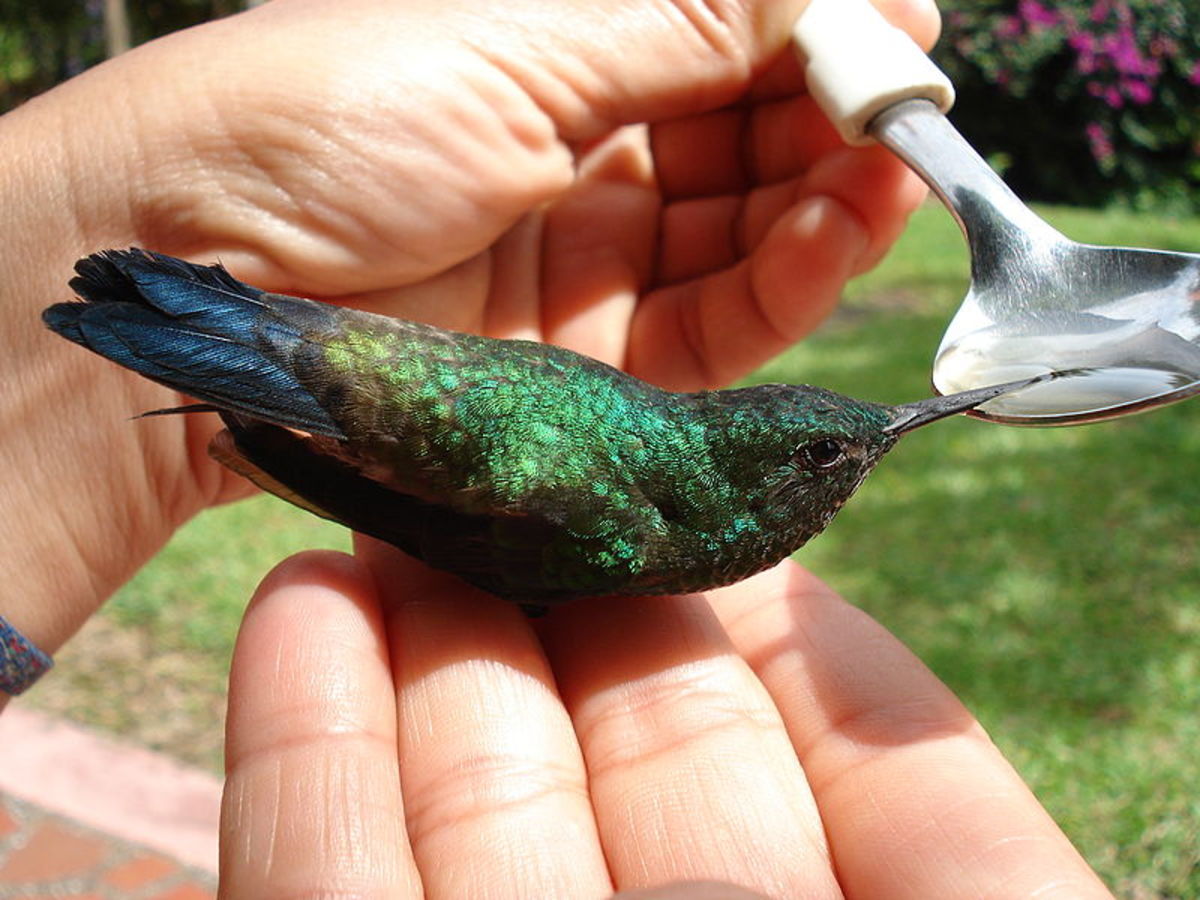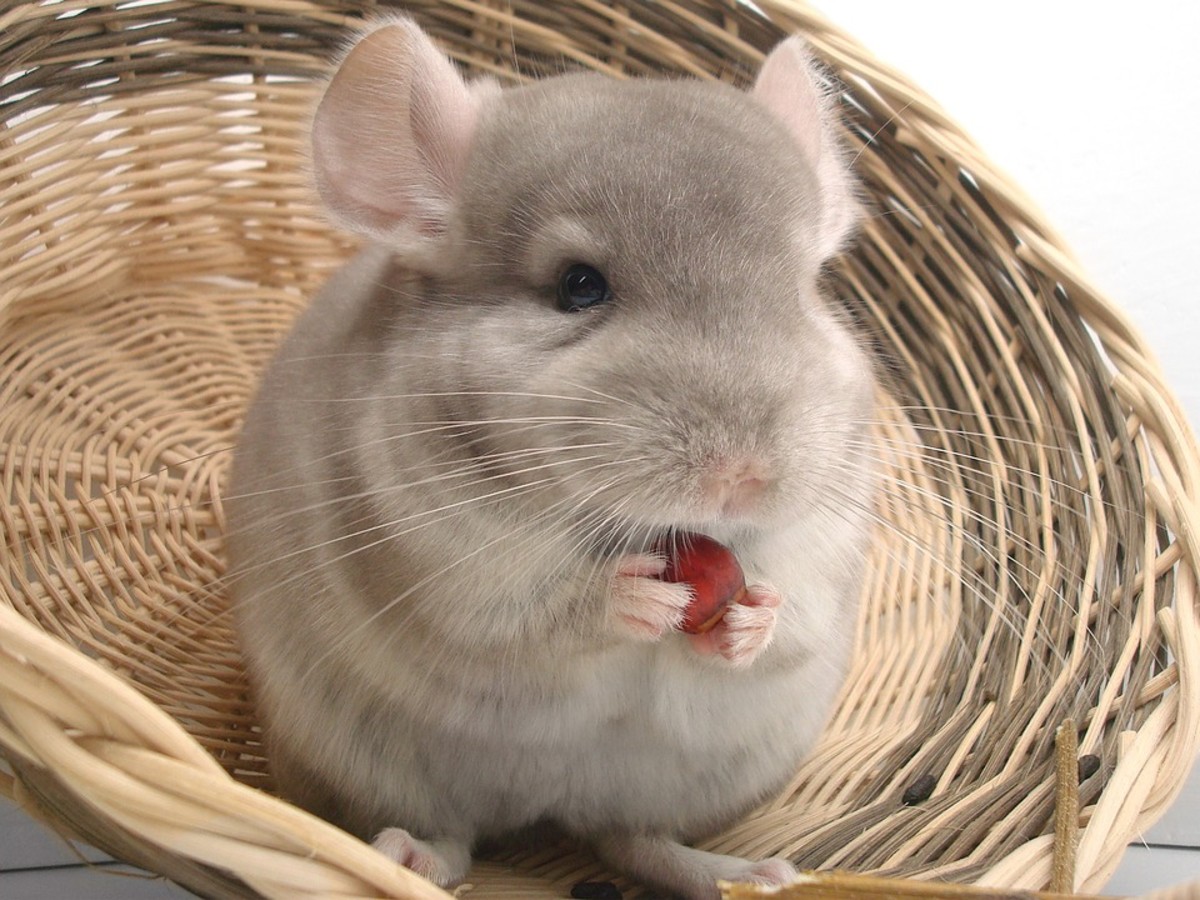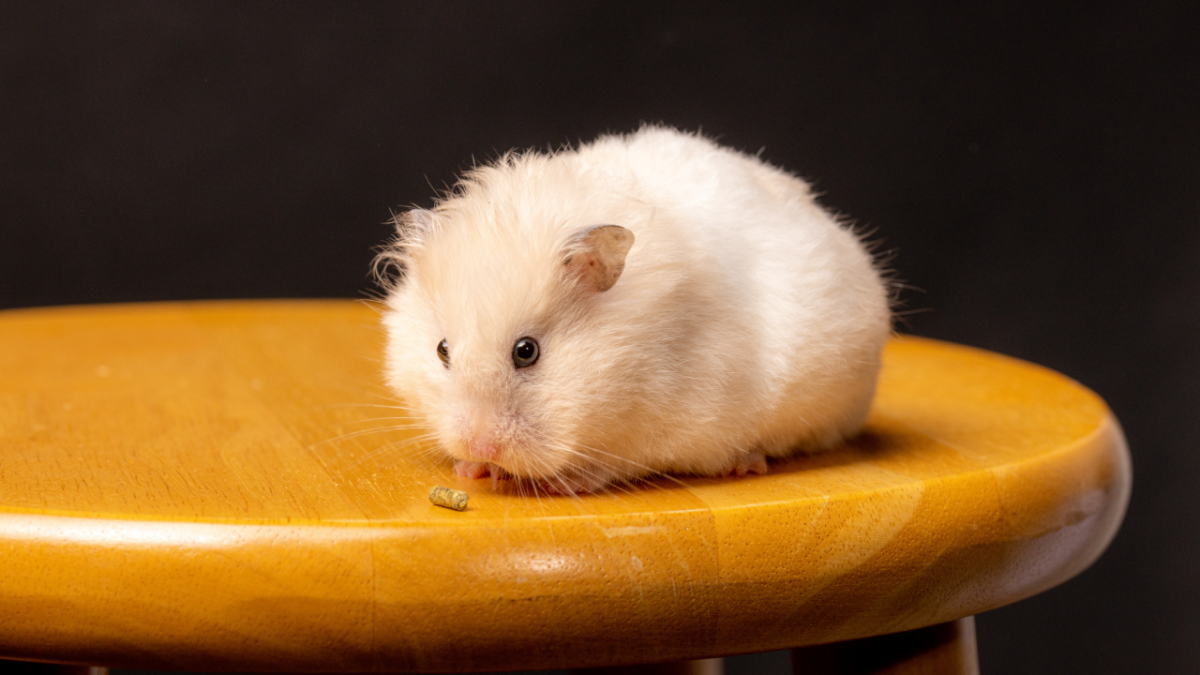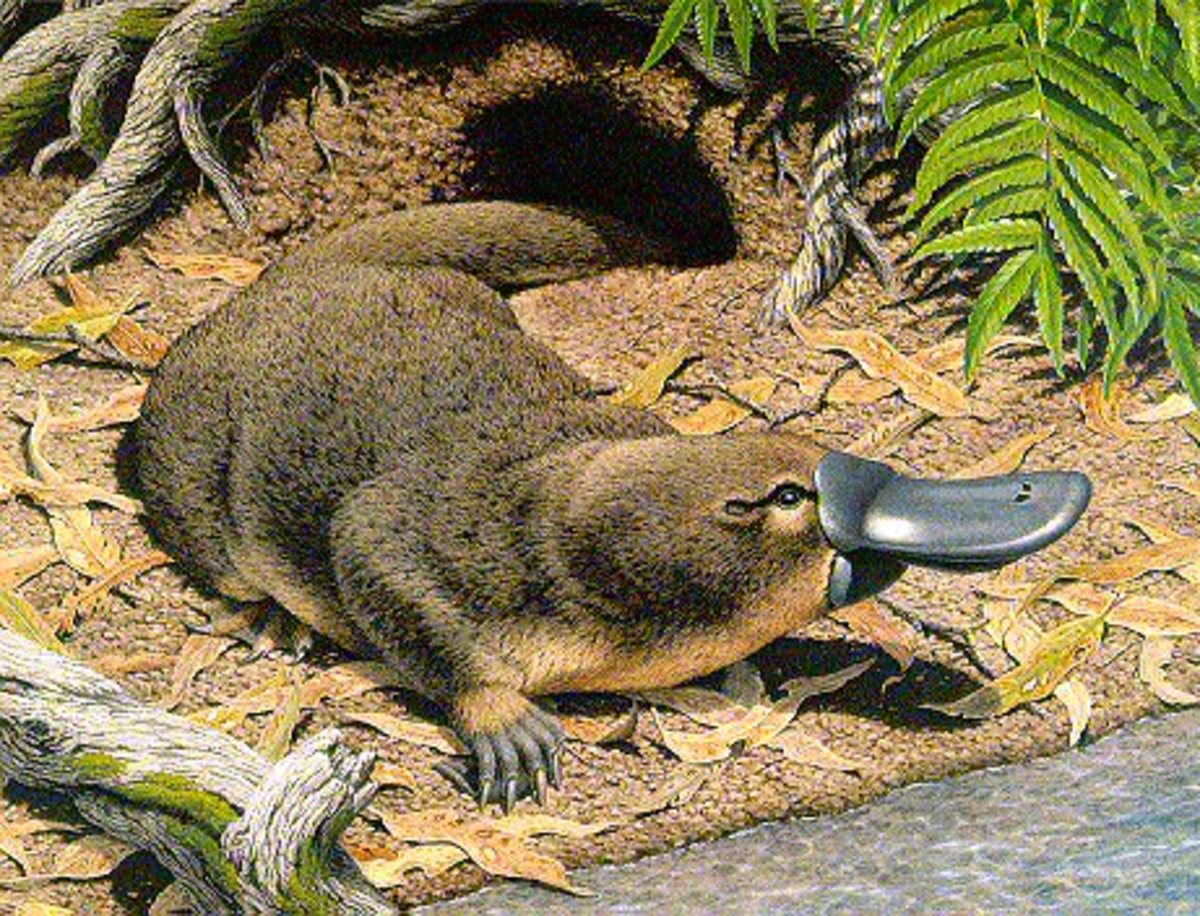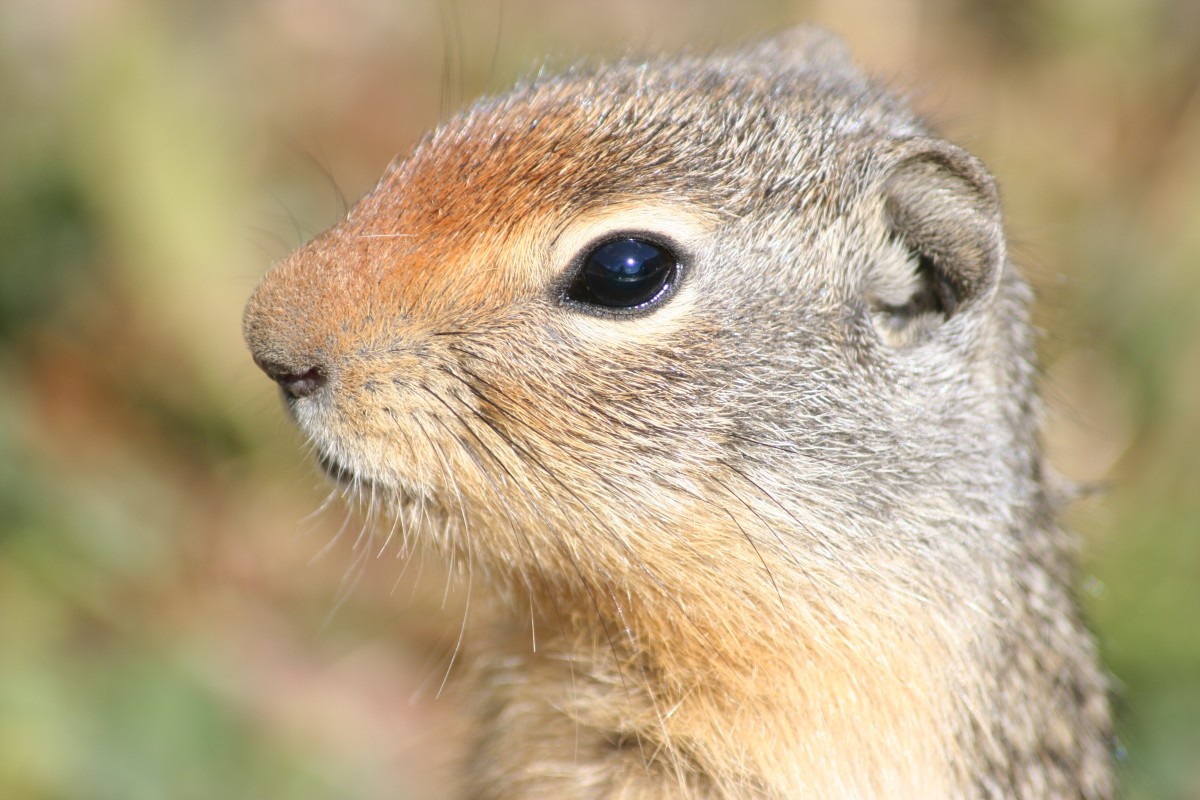Baby Chinchilla - Getting One And Caring For It
Finding the right pet to share your home is never easy. It has to be something that may suit not only your home but also your personality as well. A baby chinchilla, especially chinchillas for sale, is often the last ideal pet choice for those who are hunting as they are fairly quite difficult to care for. But there are those who want to have a unique pet and a chinchilla just might be what they are looking for. They are also quite easy to find, considering that there are a lot of baby chinchillas for sale out there. To get a good idea on what to expect when a new baby chinchilla comes into your home, here a few pointers that may help you as you go along raising these furry little animals. They are answers to frequently asked questions and also some suggestions are made to make rearing them an ease.
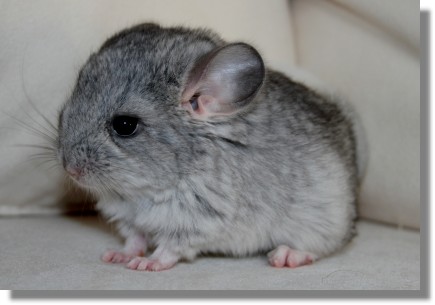
Newborn Baby Chinchillas
For newborn chins that are still in the care of their mother, not much will be needed for the pet owner as the mother will provide for her kit or kits. The most that the pet owner can do is to ensure that everyone in the family is healthy; this will include the mother and her children. And the occasional recording of the baby’s weight to make sure it is growing at a proper rate.
A baby chinchilla may be able to take casual nibbles on a hay pellet but it does not mean that it is ready to be weaned. They will still need to drink their mother’s milk for about 4 to 8 weeks. It is also the same amount of time that they should be with their mother and no good breeder would sell kits that are younger than these.
There may be times when the mother may have some difficulty in rearing her kits and this will be a good time to intervene. Do not and panic and handle the chins very delicately, you may supplement their milk with those provided or prescribed by a vet and many times may even need to feed the little creatures by hand. This is not a bad way to make the baby chinchilla get used to being handled by a human. They are generally social animals by nature and human contact will make them less hostile to their future owners.
Not all veterinarians are trained or have enough knowledge on how to properly care for little chins, and not most know how to give a chinchilla dust bath. It would be wise for you to make the extra effort and look for a time and tested vet that is sure to give your pet the utmost care it needs. In fact, it would be wiser to look for a veterinarian first than the actual pet if you are a first time handler of these kinds of animals.
Introducing young kits to a female adult chinchilla will take a lot of time and some “tricks” to make sure that the baby chinchilla is not attacked. Try rubbing some of the mother’s old or fallen hair onto the young kit to mask his smell and to give off some of the female’s scent, tricking her to believe that it is her own spawn. This will take a few tries and they should never be left alone together. Furthermore, if the female chin is not up to accepting the young, then it would be best to keep them in separate chinchilla cages, which at times, resemble guinea pig hutches.
Female and male chinchillas may be put together for breeding purposes but may need to be separated as soon as they have mated. Females tend to be more dominant and would attack the males ferociously at times. For those who want to add another chinchilla into their old chin, make sure it is of the same gender so that they are not likely to be hostile to one another.
As they get a little bit older baby kits will need to have a strict diet as they usually have sensitive stomachs. They may be fed a hay-based pellet and some dried fruits and seeds may be given but only in small amounts. Their teeth need to be constantly grinded and chinchilla toys like sticks and pumice stone may be given to them. Plastics and melamine wears are never to be given as chew toys as they might ingest and die from them.
A baby chinchilla should never be taken away from his mother if he is less than 6 weeks old, which unfortunately, is usually the case in a baby chinchilla sale. Chinchillas are born with their eyes open and are already wrapped in fur, if care is not taken, they will just as easily overheat like most adults.
To sum things up, if you are looking for chinchilla babies for sale as well.
- Chinchilla Cages - Choosing One
Chinchillas are furry little rodents that we have to come to love as pets. They are tiny, fragile and much care is needed to protect them from the elements and other harmful factors in our home, which can... - Chinchilla Toys - Playing Time For Your Chinchilla
We all love our chinchillas; they have become part of our family and have been treated like children. Chinchillas are not hard to love as they are easy to handle and are so darn cute! A good way to keep our... - Guinea Pig Hutches - Factors in Choosing One
A rabbit guinea pig hutch should be as comfortable as the natural environment of our pet guinea pig. They should be large enough to give ample room for our furry little friend and his companions to run around... - Chinchillas For Sale - Where To Get Chinchillas
For first time pet owners, a chinchilla or a baby chinchilla may be the last thing they would want to get as they may feel like it is a wild rodent and is generally dirty,. However, a chinchilla is one of... - Chinchilla Dust Bath - How to do it
Chinchillas, even as a baby chinchilla, are blessed with thick fur. It is so thick that it usually has around 60 strands of hair growing out of a single follicle! This makes them virtually protected from the...
